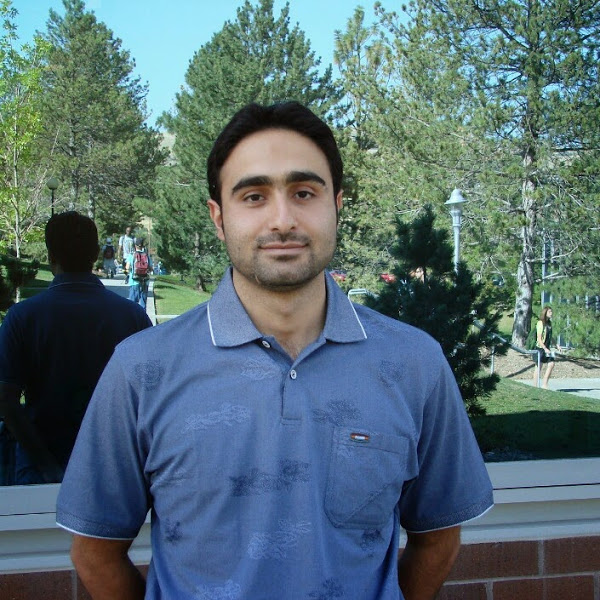
Mojtaba Seyedhosseini
Research Areas
Authored Publications
Sort By
Google
PaLI-X: On Scaling up a Multilingual Vision and Language Model
Josip Djolonga
Piotr Padlewski
Basil Mustafa
Carlos Riquelme
Sebastian Goodman
Yi Tay
Siamak Shakeri
Daniel Salz
Michael Tschannen
Hexiang (Frank) Hu
Mandar Joshi
Matthias Minderer
Filip Pavetić
Gang Li
Lucas Beyer
Anurag Arnab
Yuanzhong Xu
Keran Rong
Alexander Kolesnikov
Xiaohua Zhai
Neil Houlsby
Computer Vision and Pattern Recognition Conference (CVPR) (2024)
PaLI: A Jointly-Scaled Multilingual Language-Image Model
Piotr Padlewski
Daniel Salz
Sebastian Alexander Goodman
Basil Mustafa
Lucas Beyer
Alexander Kolesnikov
Keran Rong
Hassan Akbari
Linting Xue
James Bradbury
Chao Jia
Carlos Riquelme
Xiaohua Zhai
Neil Houlsby
International Conference on Learning Representations (ICLR) (2023)
Towards Universal Image Embeddings: A Large-Scale Dataset and Challenge for Generic Image Representations
Nikolaos-Antonios Ypsilantis
Bingyi Cao
Mário Lipovský
Pelin Dogan Schönberger
Grzegorz Makosa
Boris Bluntschli
Ondrej Chum
Proc. ICCV'23 (2023)
CoCa: Contrastive Captioners are Image-Text Foundation Models
Jiahui Yu
Zirui Wang
Vijay Vasudevan
Yonghui Wu
Transactions on Machine Learning Research, Aug 2022 (2022)
